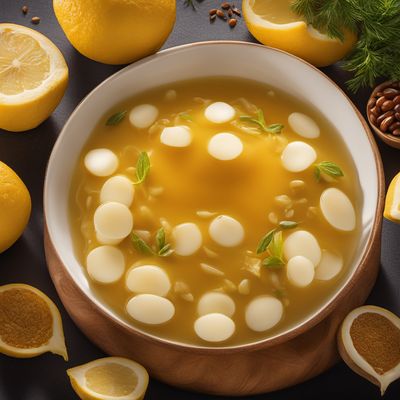
Ingredient
Butter
The Golden Elixir: Unveiling the Magic of Butter
Butter is a dairy product made by churning cream or milk. It is typically pale yellow in color and has a smooth and creamy texture. The taste of butter can vary depending on factors such as the animal's diet and the processing method. It has a rich, savory, and slightly sweet flavor that enhances the taste of both sweet and savory dishes. Butter is often used for its ability to add moisture, tenderness, and a luscious mouthfeel to baked goods, as well as for sautéing, frying, and as a base for sauces and spreads.
Origins and history
The origins of butter can be traced back thousands of years to ancient civilizations such as the Egyptians, Greeks, and Romans. It was initially made by agitating milk or cream in animal skin containers or clay pots. Over time, butter-making techniques evolved, and it became a staple in European cuisine. In the Middle Ages, butter was highly valued and used as a form of currency. With the advent of industrialization, butter production became more efficient, and it gained popularity worldwide.
Nutritional information
Butter is a concentrated source of calories and fat, providing approximately 102 calories and 11.5 grams of fat per tablespoon. It also contains small amounts of vitamins A, D, E, and K, as well as trace amounts of minerals like calcium and phosphorus.
Allergens
Butter is a dairy product and may contain lactose, making it unsuitable for individuals with lactose intolerance or dairy allergies.
How to select
When selecting butter, look for a product with a rich, golden color and a fresh, creamy aroma. Opt for butter made from high-quality cream or milk, preferably from grass-fed cows, as it tends to have a more pronounced flavor and a higher content of beneficial nutrients.
Storage recommendations
Butter should be stored in an airtight container or wrapped tightly in its original packaging to prevent it from absorbing odors from other foods. It is best kept refrigerated, but if used frequently, it can be stored at room temperature for short periods. To extend its shelf life, butter can also be frozen.
How to produce
While producing butter at home requires specialized equipment and techniques, amateur enthusiasts can try making butter by vigorously shaking heavy cream in a jar until it separates into butter and buttermilk.
Preparation tips
Butter can be used in various ways, such as spreading it on bread or toast, melting it for cooking or baking, or incorporating it into sauces and dressings. When using butter for baking, ensure it is at room temperature for easier incorporation into the recipe. To prevent burning, clarify butter by melting it and removing the milk solids before using it for high-heat cooking methods.
Substitutions
Suitable substitutes for butter include margarine, coconut oil, olive oil, or vegetable oil, depending on the specific recipe and dietary preferences. Each substitute may alter the flavor and texture of the final dish, so it is essential to consider the desired outcome.
Culinary uses
Butter is a versatile ingredient used in a wide range of culinary applications. It is commonly used for baking cookies, cakes, and pastries, as well as for sautéing vegetables, searing meats, and making creamy sauces and spreads. It is also a key component in classic dishes such as croissants, buttercream frosting, and beurre blanc.
Availability
Butter is widely available in grocery stores, supermarkets, and farmers markets worldwide.
More ingredients from this category
Recipes using Butter » Browse all
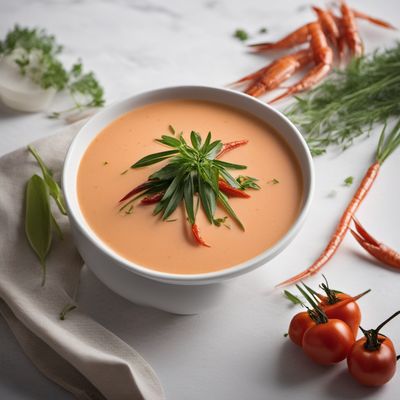
Langoustine Bisque
Velvety Delight: Langoustine Bisque

Fugazza with Caramelized Onions and Mozzarella
Savory Delight: Caramelized Onion Fugazza
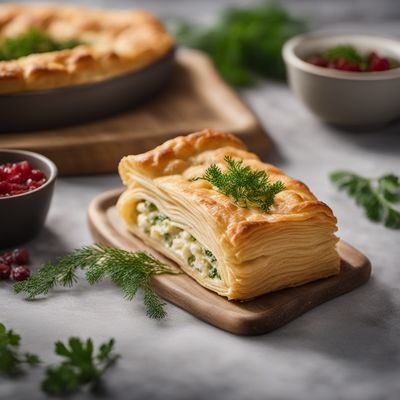
Vargabéles - Hungarian Cheese Strudel
Savory Delight: Hungarian Cheese Strudel with a Twist
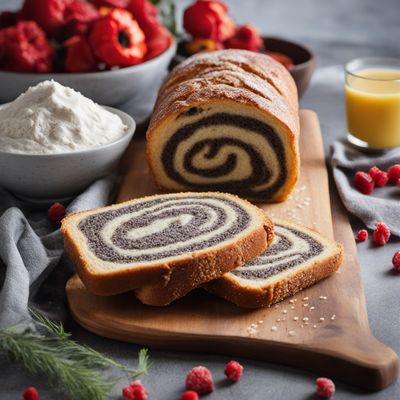
Trnovečka Poppy Seed Roll
Heavenly Croatian Delight: Trnovečka Poppy Seed Roll

Egg Banjo
Crispy Egg Sandwich Delight
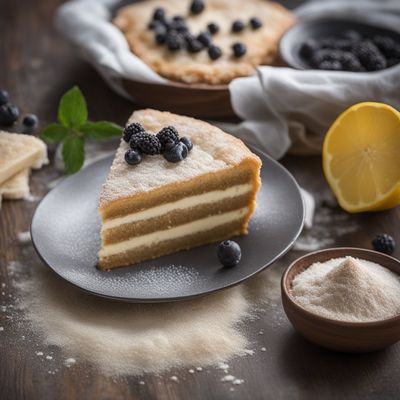
German Mohnkuchen Recipe
Delicious Poppy Seed Cake: A German Delight

Religieuse with a Twist
Divine Delights: A Modern Twist on the Classic Religieuse

Saltimbocca alla Romana
Savory Veal Medallions with Prosciutto and Sage
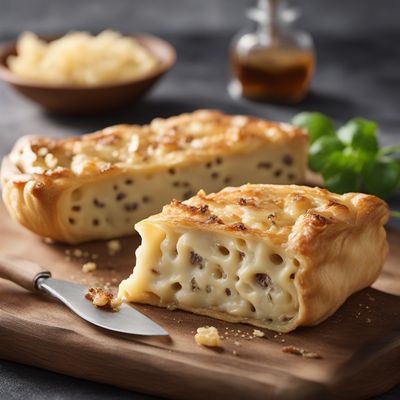
Fallue with Swiss Cheese and Caramelized Onions
Savory Swiss Delight: Fallue with Cheese and Onions
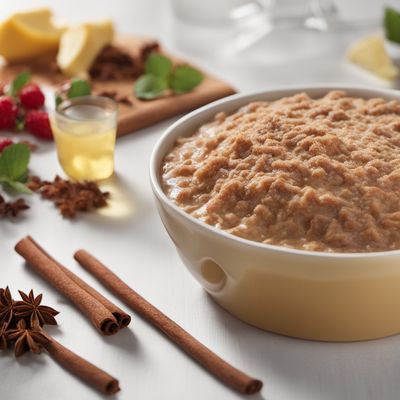
Creamy Norwegian Rømmegrøt
Velvety Delight: Creamy Norwegian Rømmegrøt

Bangers and Mash
Sausage and Potato Smash

Genfo with a Middle Eastern Twist
Middle Eastern Genfo: A Fusion of Ethiopian and Arabian Flavors

